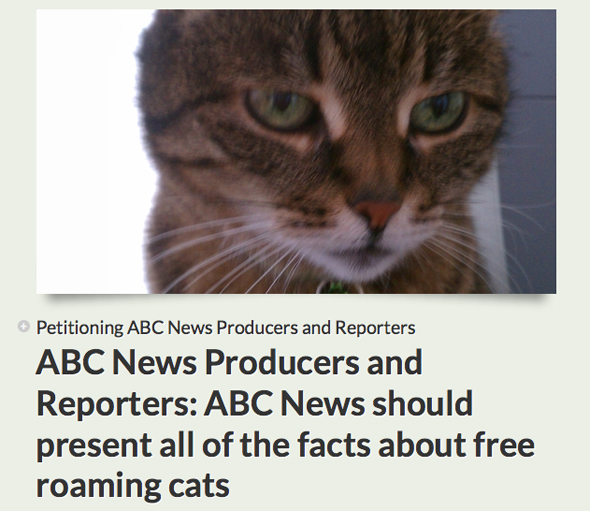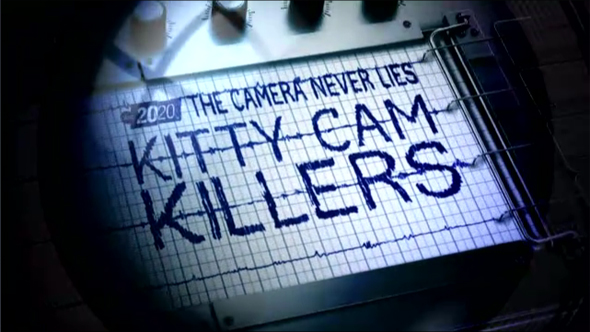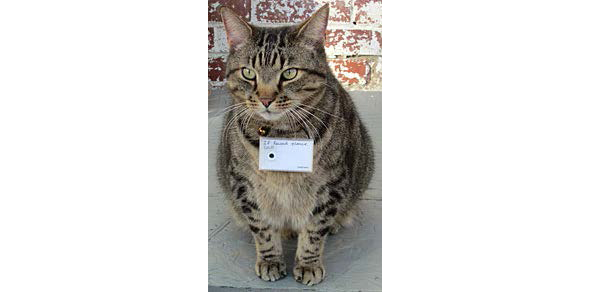As many of you know, the National Zoo has shown no signs of suspending Nico Dauphine, despite her recent arrest on charges of attempted animal cruelty. As a result, at least two petitions are being circulated—one by Alley Cat Rescue, and another by Alley Cat Allies.
I encourage readers to sign both petitions, and also to send letters (an online form is available here). Below is my letter to National Zoo director Dennis Kelly:
Dear Dennis Kelly,
As you know, the National Zoo’s mission emphasizes leadership—in animal care, science, and education—as well as “the highest quality animal care.” But recent events indicate that Zoo management has lost sight of this noble mission.
Indeed, allowing Dr. Nico Dauphine—recently charged with attempted animal cruelty in connection with the poisoning of cats in her neighborhood—to continue her work for the Zoo’s Migratory Bird Center demonstrates a profound lack of leadership, and suggests a remarkably narrow view of “animal care.”
Comments made last week by the Zoo’s associate director of communications, Pamela Baker-Masson, only made matters worse—suggesting that Zoo management isn’t even aware of the research Dauphine is conducting. Baker-Masson told ABC News:
“We know what she’s doing would in no way jeopardize our animal collection at the National Zoo or jeopardize wildlife, so we feel perfectly comfortable that she continue her research.”
But, according to the Migratory Bird Center’s Website, Dauphine’s “current project examines predator-prey dynamics in an urban matrix in collaboration with citizen scientists at Neighborhood Nestwatch.”
The predators in this case are, of course, house cats. And, according to an online application form she’s been using to recruit field assistants (the form was recently removed from the Migratory Bird Center’s Website), Dauphine is asking participating citizen scientists to put cameras on their cats.
And still, the National Zoo feels “perfectly comfortable that she continue her research.” What kind of message does this send to the local community, and to the nation as a whole?
The Smithsonian’s 2009 Annual Report indicates that 75 percent of the organization’s revenue comes from “federal appropriations” (63 percent) and “government grants and contracts” (12 percent). One way or another, these are tax dollars. In standing by Dauphine, then, the National Zoo is violating the trust of its primary funding source: the American people (among whom, 38.9 million households own cats).
Finally, the National Zoo should use the current crisis as an opportunity to review its hiring practices. I think it’s safe to say that Dauphine’s reputation preceded her when she joined your organization. Her extreme position against TNR—and free-roaming cats in general—is well documented. As is her habit of misrepresenting the science surrounding the issue.
In her February 10, 2008, letter to the editor of the St. Petersburg Times, for example, Dauphine—who identifies herself as “a scientist who has studied this issue”—makes an outlandish claim:
“In North America, cats may be the single biggest direct cause of bird mortality, far outnumbering all other causes (including human hunters) put together!”
Not even the American Bird Conservancy—which has, for the past 15 years, taken every opportunity to demonize free-roaming cats—goes this far.
And yet, the National Zoo has Dauphine, together with Dr. Peter Marra (who, in a letter co-authored with Dr. Dauphine, has called TNR “cat hoarding without walls.”), [1] researching the hunting habits of house cats. All of which raises questions about the rigor and validity of the research being conducted—not to mention the integrity of those involved.
As the National Zoo’s director, you have the responsibility to address these issues. I am, therefore, asking you to start by suspending Dr. Dauphine until the charges of attempted animal cruelty are dropped, proven to be unfounded, or in some other way resolved.
Respectfully,
Peter J. Wolf
Independent Researcher/Analyst
Vox Felina
Literature Cited
1. Lepczyk, C.A., et al., “What Conservation Biologists Can Do to Counter Trap-Neuter-Return: Response to Longcore et al.” Conservation Biology. 2010. 24(2): p. 627–629. www.abcbirds.org/abcprograms/policy/cats/pdf/Lepczyk-2010-Conservation%2520Biology.pdf



